Ever walked into a magazine-worthy home and wondered if real people actually live there? The design world is full of trends that photograph beautifully but fall flat in everyday spaces.
Today, we’re exploring 15 design movements that genuinely enhance real homes, plus 5 brilliant ideas that transform ordinary spaces into something extraordinary. These aren’t just pretty pictures—they’re livable magic.
1. Painted Ceilings in Soft Tones
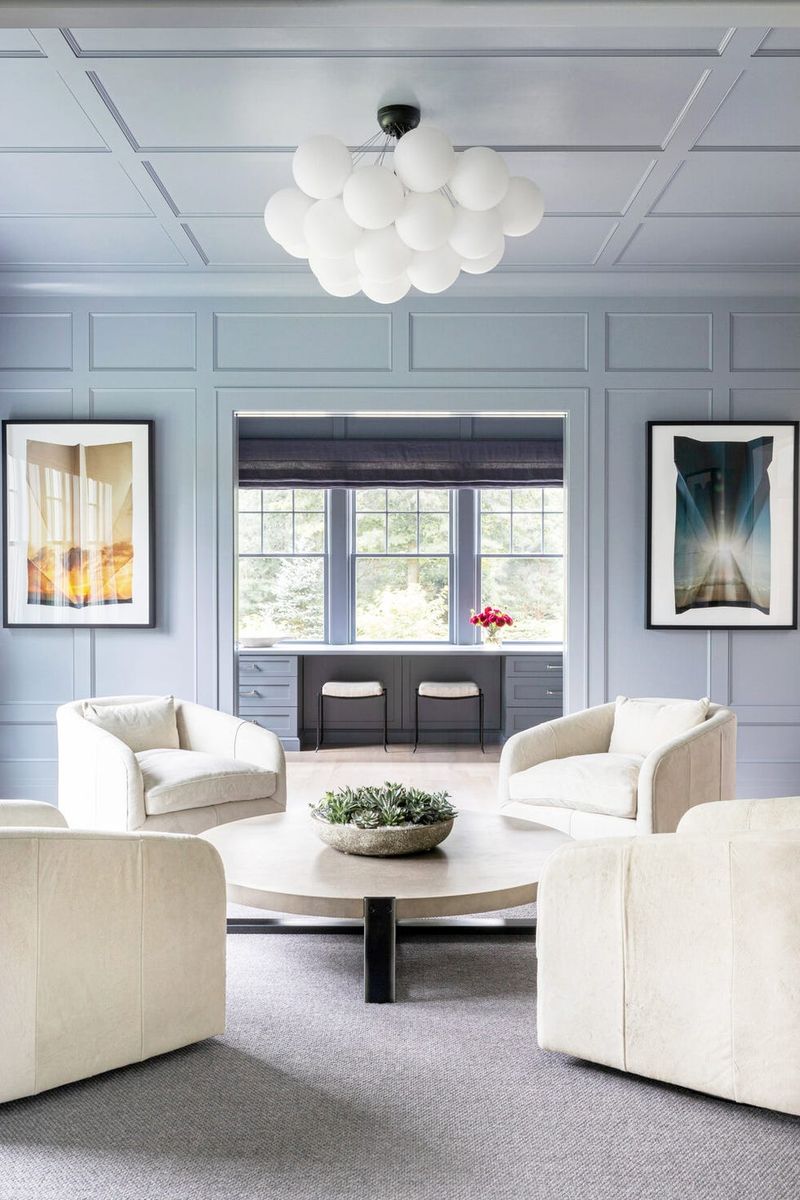
Forget blank white expanses overhead. Soft-hued ceilings create an enveloping warmth that traditional white simply can’t match.
Pale blues mimic the sky, while blush pinks cast a flattering glow on everyone below. The subtle color tricks the eye into perceiving more height while adding unexpected dimension to rooms that previously felt flat.
2. Low-Sheen Wall Finishes
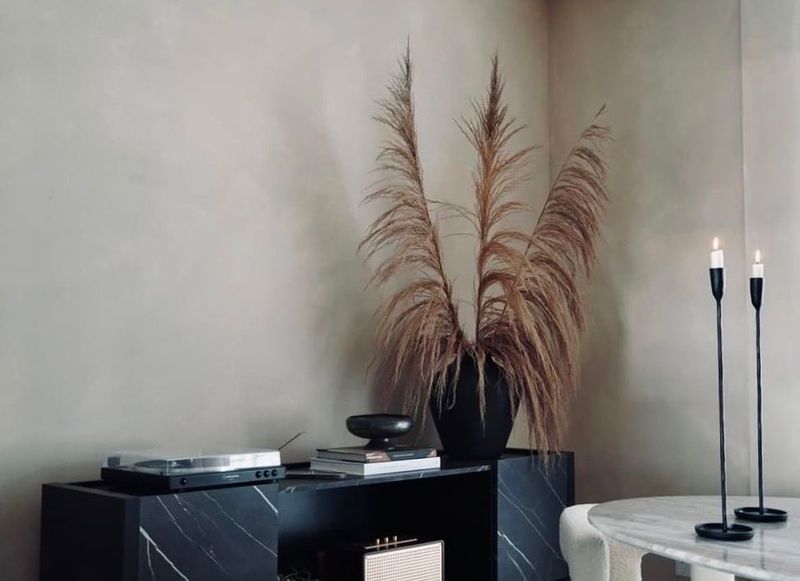
Matte and eggshell finishes bring a velvety depth to walls that high-gloss paint could never achieve. The subtle texture catches light without reflecting it harshly, creating rooms that feel instantly more sophisticated and lived-in. Fingerprints and small imperfections hide better too, making these finishes practical for homes with children or pets.
3. Built-in Bookshelves That Tell Stories
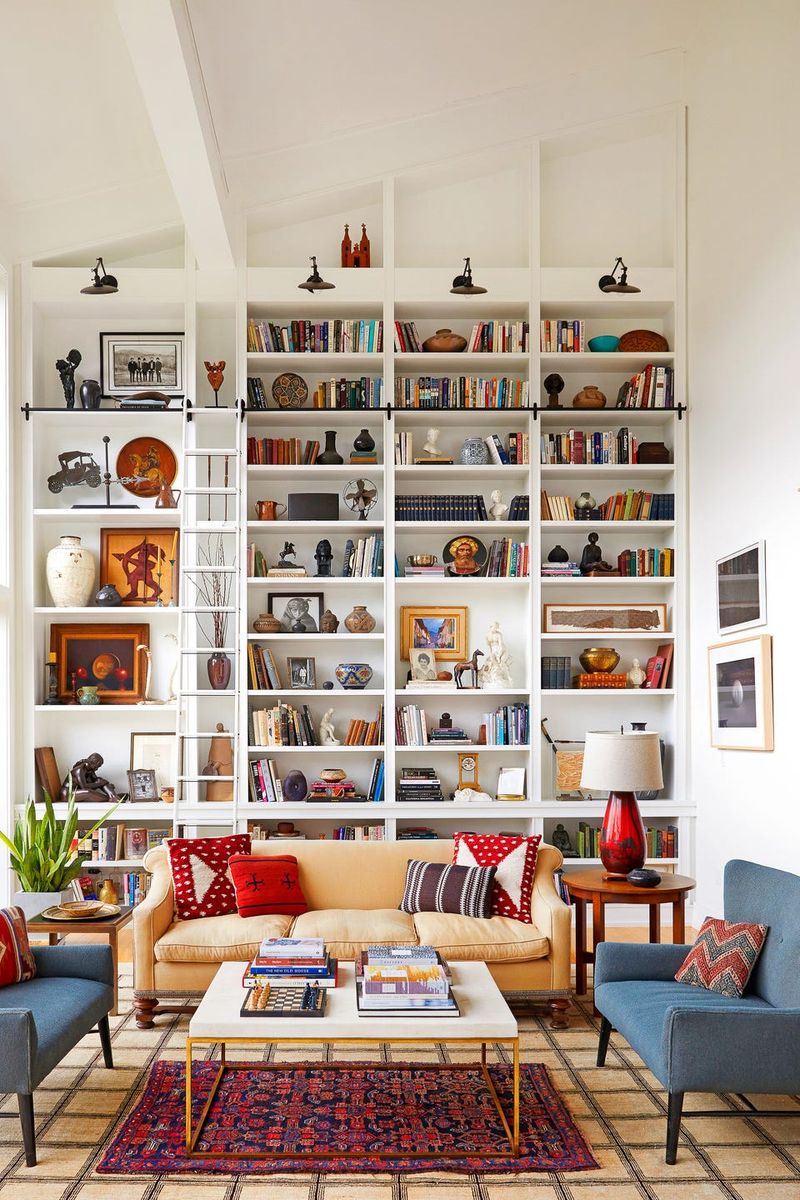
Not those sterile arrangements where books are organized by color. Real-life beautiful bookshelves show evidence of actual reading—dog-eared paperbacks nestled against hardcovers, family photos tucked between volumes.
The magic happens when shelves reveal personality: a vintage camera collection, travel souvenirs, or childhood treasures mixed with literature. These shelves become autobiographical, not just decorative.
4. Chunky Knit Throws and Oversized Boucle
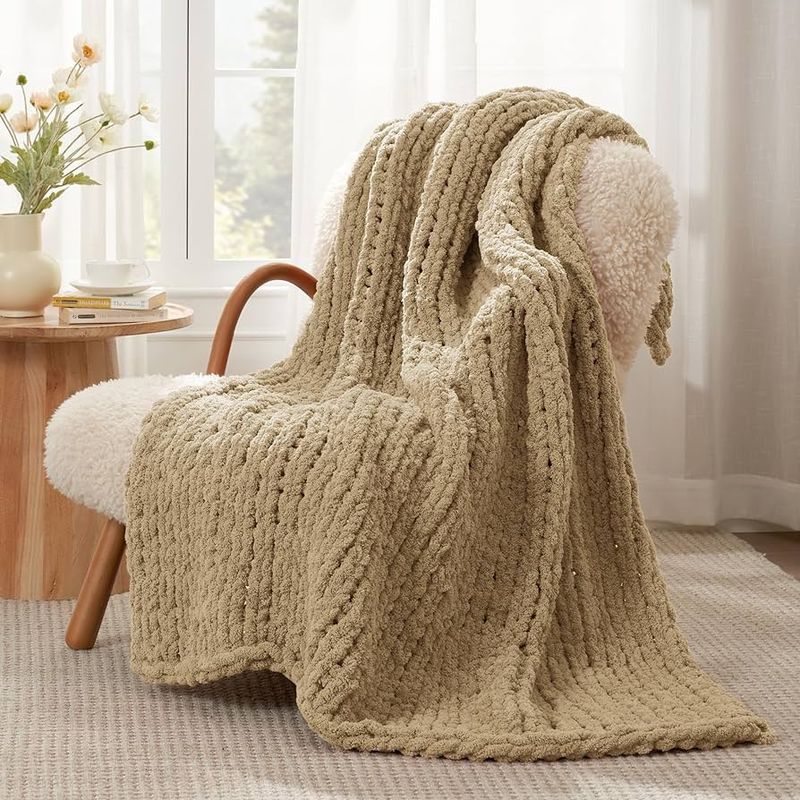
Heavy-weight textiles aren’t just Instagram props—they’re genuinely comforting in real homes. Chunky knit blankets draped across sofa arms invite actual use, not just admiration.
The tactile pleasure of boucle upholstery transforms ordinary seating into destination spots. Unlike precious fabrics that make you nervous about spills, these textural elements can handle real life while still looking intentional and designed.
5. Checkerboard Floors in Muted Tones
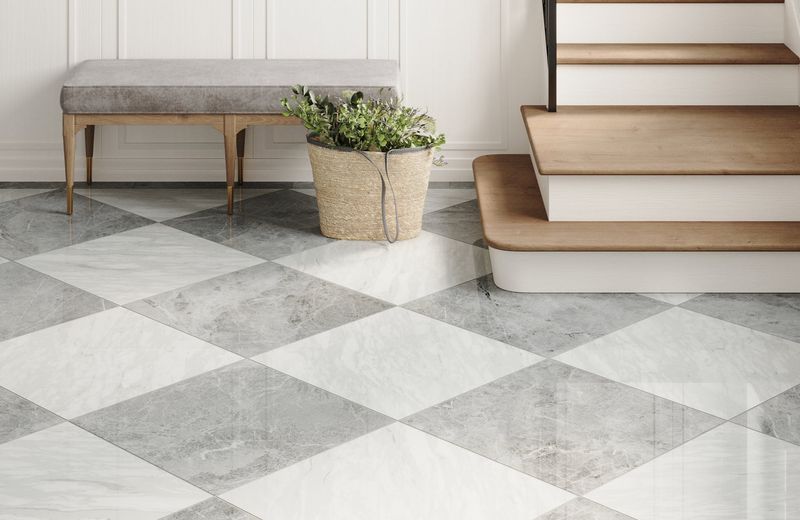
Classic checkerboard patterns have shed their diner associations. Modern interpretations use limestone and slate, terracotta and cream, or even wood tones for subtle sophistication.
Unlike stark black and white, these muted versions don’t show every speck of dust. They create geometric interest without overwhelming a space, aging gracefully rather than becoming dated.
6. Café Curtains for Filtered Light
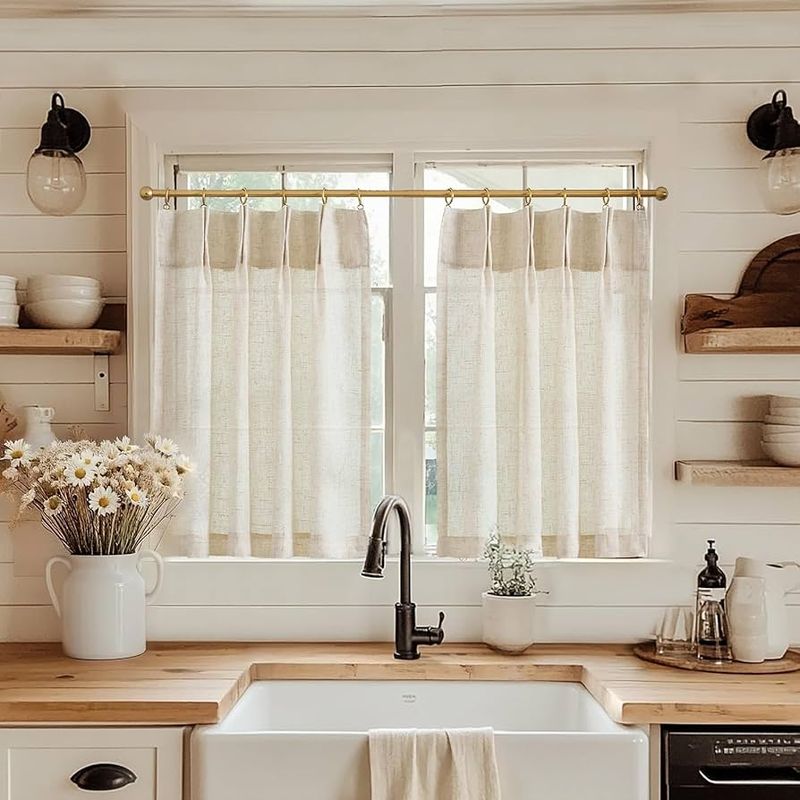
Half-height window dressings solve the privacy-versus-light dilemma brilliantly. Covering just the bottom portion of windows, café curtains allow natural light to flood upper spaces while keeping curious eyes from peering in.
Particularly magical in bathrooms and kitchens, they create that golden-hour glow all day long. The casual, unfussy fabric adds softness to hard-surfaced rooms without the formality of full drapes.
7. Vintage Hardware on Modern Cabinetry
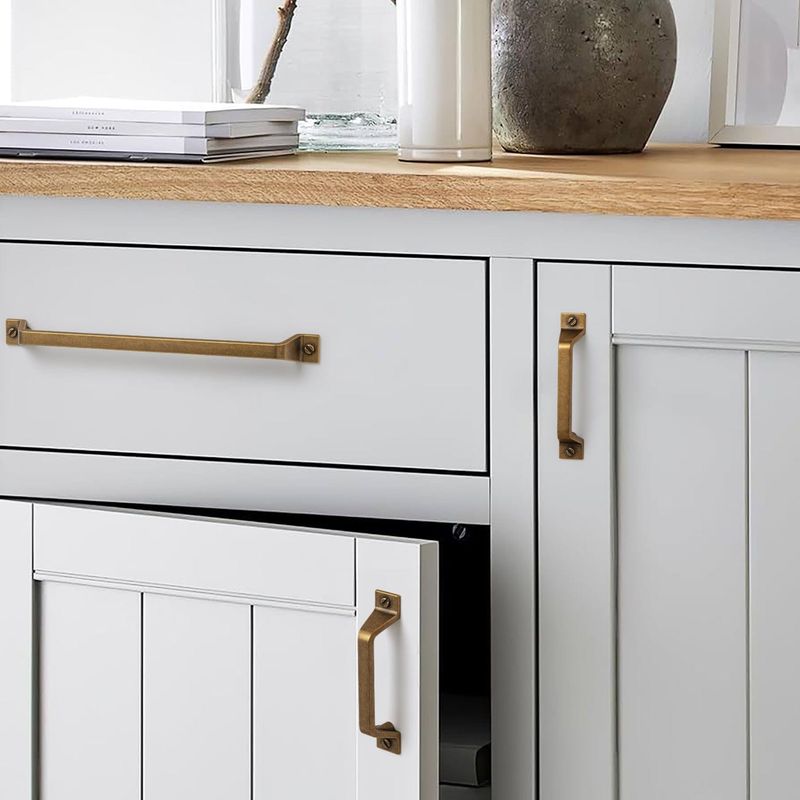
Brass bin pulls and glass knobs bring soul to sleek cabinets. The juxtaposition of contemporary flat-front drawers with hardware that’s seen decades of hands creates immediate character.
Their subtle patina develops naturally from use, not artificial aging techniques. Even new kitchens gain instant gravitas when fitted with handles that have history.
8. Offbeat Gallery Walls That Evolved Naturally
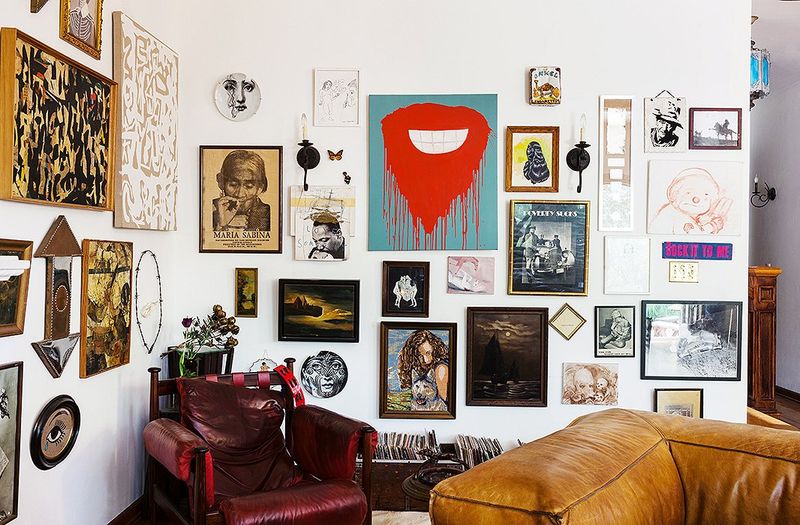
Forget perfectly aligned grids. The most compelling gallery walls look collected over time—mixing professional art with children’s drawings, vintage photographs alongside concert posters. Frame materials vary deliberately: weathered wood, sleek metal, even clipboard hangers. The arrangement follows feeling rather than mathematical precision, growing organically as new pieces join the collection. Negative space becomes part of the composition, not just empty wall.
9. Fluted Wood Accents That Play With Light
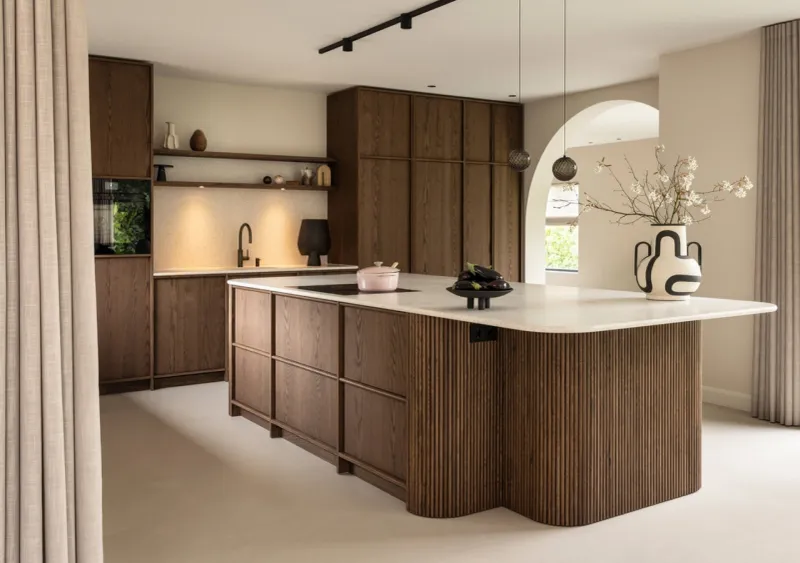
Vertical grooves carved into wood surfaces create mesmerizing shadow play throughout the day. Cabinet fronts, island panels, and even partial wall treatments gain dimension through these rhythmic indentations. Unlike flat surfaces that show every fingerprint, fluted details disguise the evidence of daily living.
The texture invites touch while maintaining visual order. Even in small doses—a bathroom vanity or entryway console—fluting elevates ordinary wood to architectural status.
10. Earth-Tone Color Combinations
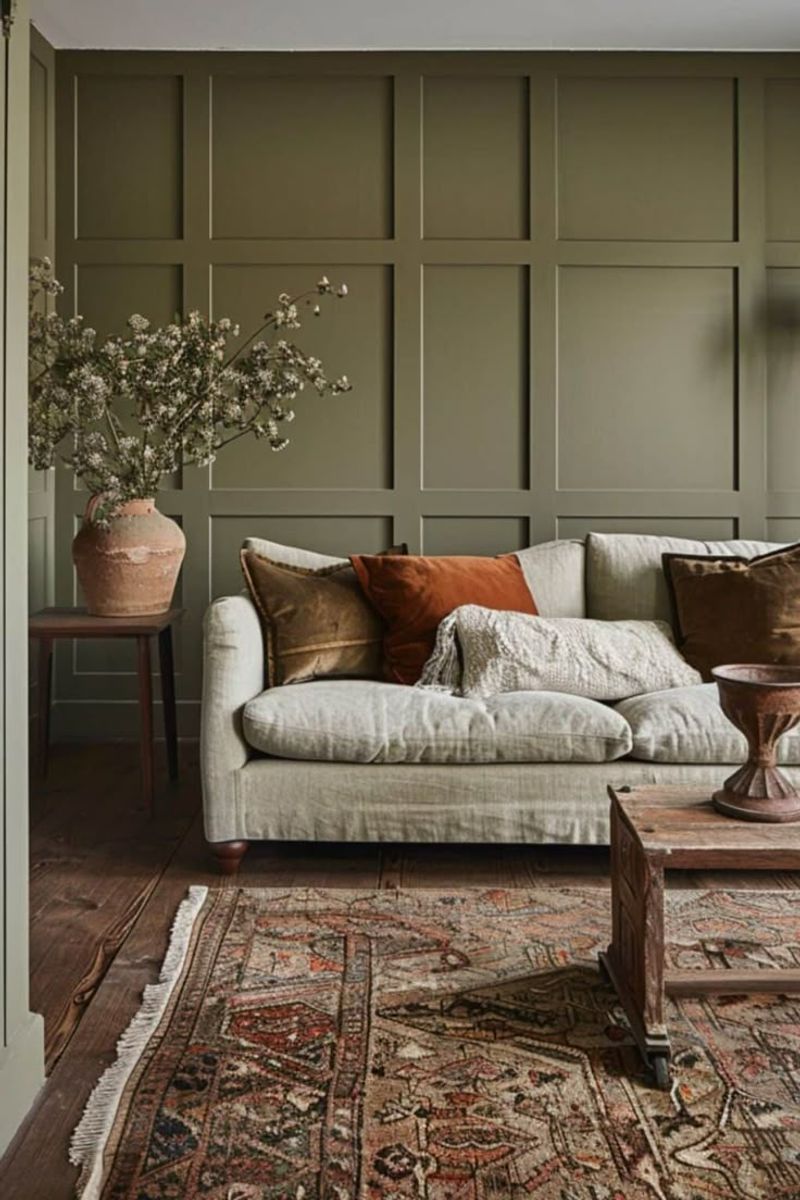
Rooms wrapped in shades pulled from nature—terra cotta, olive, ochre, umber—create instant coziness that sterile white could never achieve. These colors shift beautifully as daylight changes, revealing unexpected undertones.
The secret lies in layering related hues rather than stark contrasts. A moss green wall meets cognac leather seating and walnut wood tones to create spaces that feel grounded. These palettes wear imperfection beautifully, improving rather than deteriorating with age.
11. Arched Doorways That Frame Views
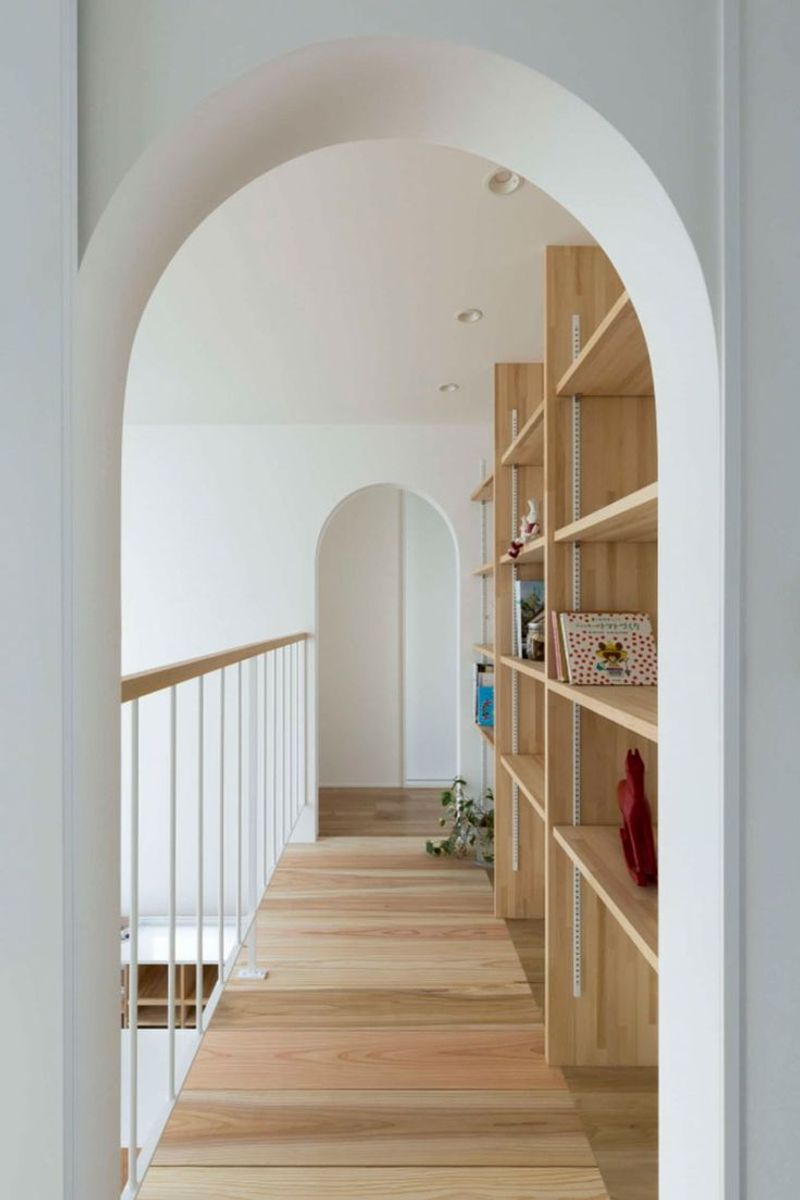
Gentle curves soften transitions between rooms, creating moments of architectural delight in otherwise ordinary spaces. Unlike harsh rectangular openings, arches guide the eye with grace.
Even in modern homes, these timeless shapes reference classical architecture without feeling themed or precious. The best versions aren’t perfect semicircles but slightly flattened curves that frame the contents of the next room like a proscenium arch in theater.
12. Lamps on Kitchen Counters
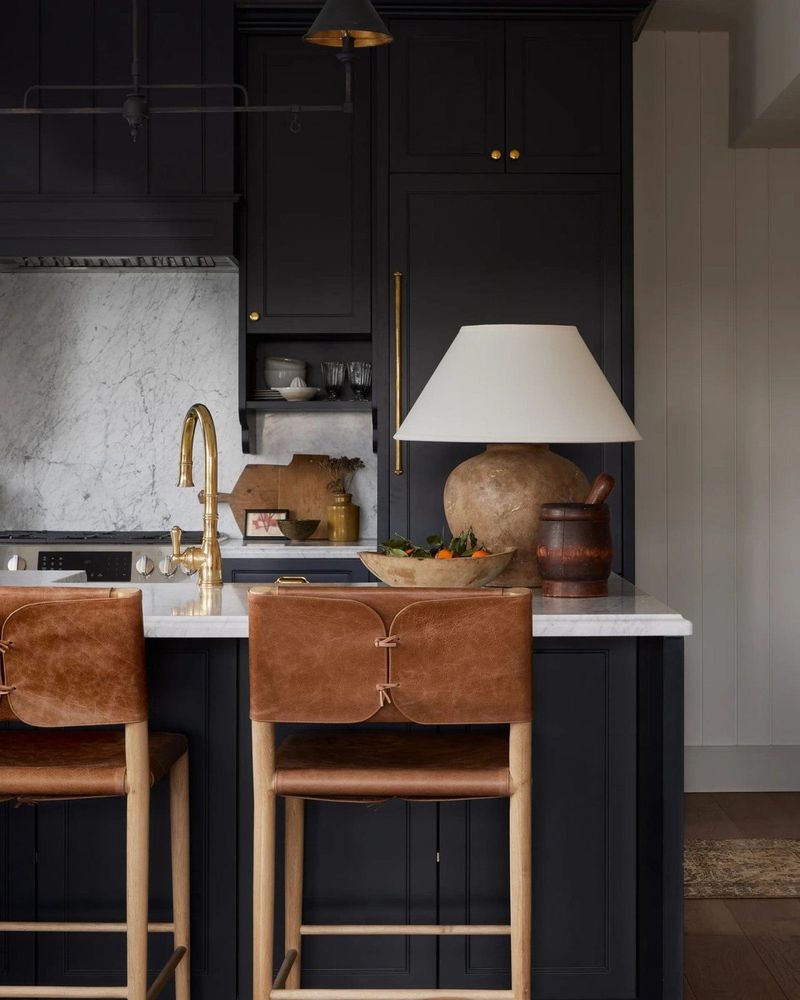
Breaking the overhead-lighting monopoly, table lamps bring unexpected warmth to utilitarian kitchens. Placed on counters away from prep areas, they cast a honeyed glow that makes evening cooking feel like a ritual rather than a chore. The gentle pools of light transform kitchens into gathering spaces after meals. Unlike harsh task lighting, these portable fixtures create ambiance that encourages lingering conversations over the last glass of wine.
13. Mismatched Dining Chairs That Share DNA

Deliberately unmatched seating creates dining spaces with personality and history. The secret to pulling it off? Maintaining one common element—similar heights, related materials, or a unified color palette. Perhaps wooden chairs in varied silhouettes, or different chairs painted the same shade of blue.
The collected effect suggests meals shared with friends who stayed, conversations that lasted until morning. Unlike perfect sets, these arrangements grow naturally over time.
14. Woven Light Fixtures That Cast Magical Shadows
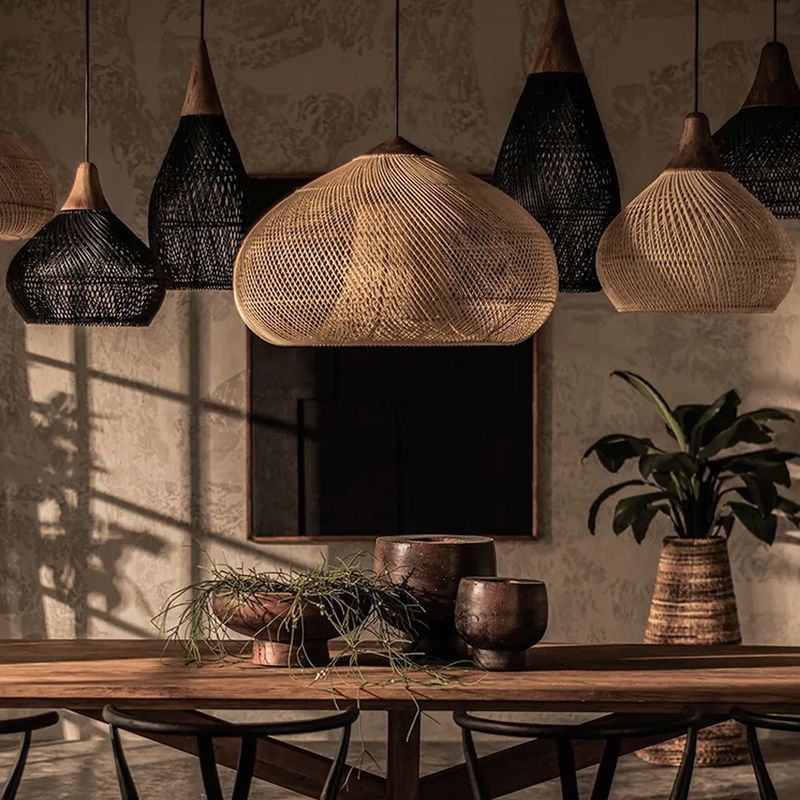
Rattan, cane, and wicker pendants filter light through their natural perforations, projecting intricate patterns onto walls and ceilings.
During daylight, they add organic texture; by night, they transform into shadow-casting sculptures. The natural materials bring warmth to contemporary spaces without feeling heavy or rustic.
15. Statement Sinks With Character
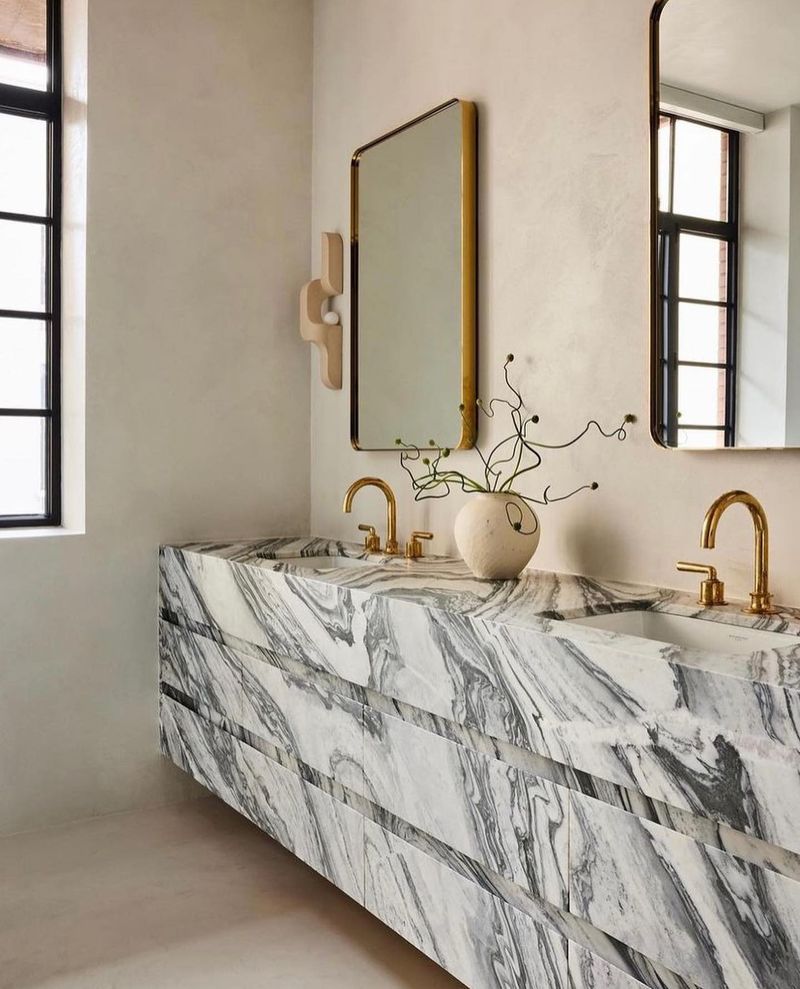
Vessel basins carved from marble, repurposed antique consoles, and hammered metal bowls transform utilitarian bathrooms into memorable spaces.
The best versions balance drama with practicality—wide enough to prevent splashing, deep enough for real use. They turn mundane daily rituals into moments of pleasure, proving that necessary fixtures can also be beautiful focal points.
16. Fully Tiled Tiny Bathrooms
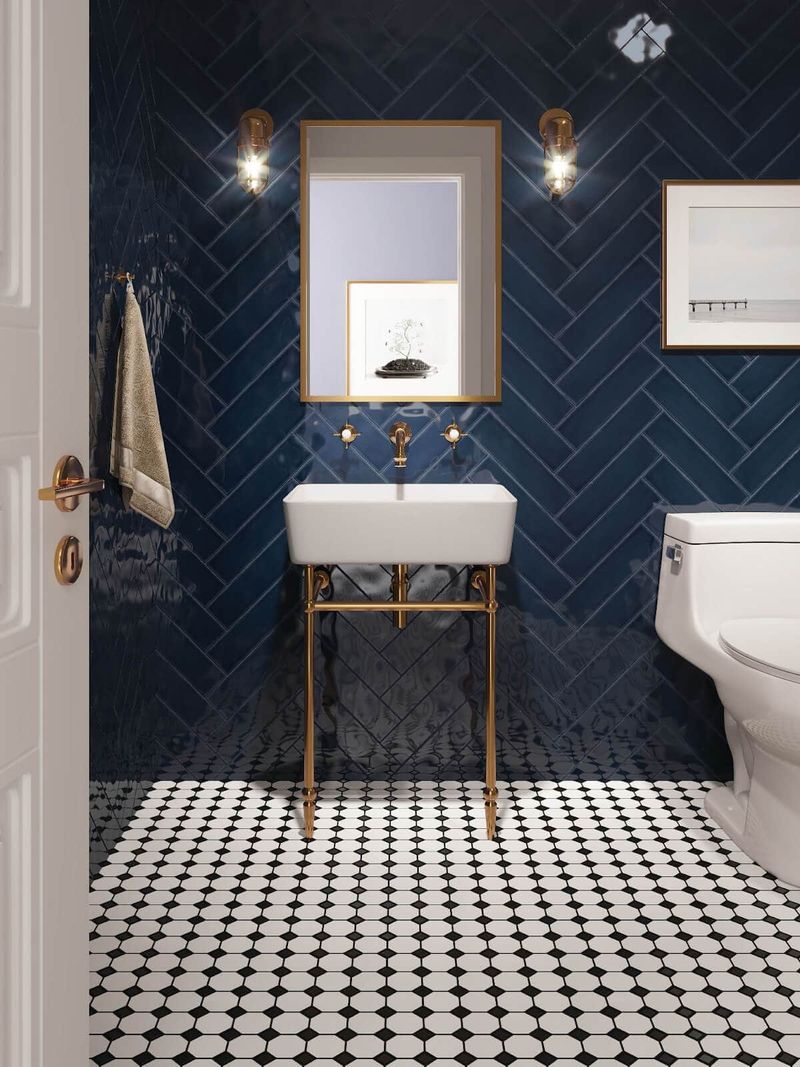
Small powder rooms become jewel boxes when wrapped floor-to-ceiling in a single tile. The continuous surface—whether zellige, penny rounds, or subway tile—creates a cocoon-like effect that transforms spatial limitations into strengths.
Without visual breaks between materials, the room reads as intentionally intimate rather than merely small. The light-reflecting properties of glazed surfaces amplify available light. Even budget-friendly tiles become luxurious when applied with such confidence and commitment.
17. Secret Storage Disguised as Architecture
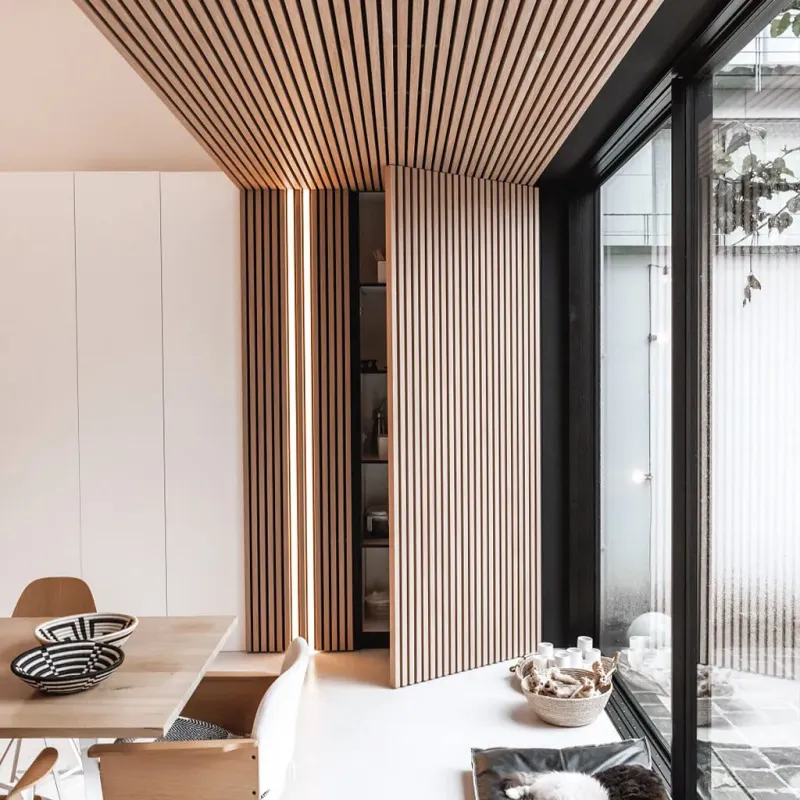
Millwork that appears purely decorative but conceals essentials represents the highest form of functional design. Paneled walls that swing open to reveal coat closets, stair risers that pull out as drawers, banquettes with hidden compartments.
These clever interventions maintain visual simplicity while addressing storage needs. The delight comes from both beauty and the satisfying revelation of their secret function.
18. Furniture That Doubles as Sculpture
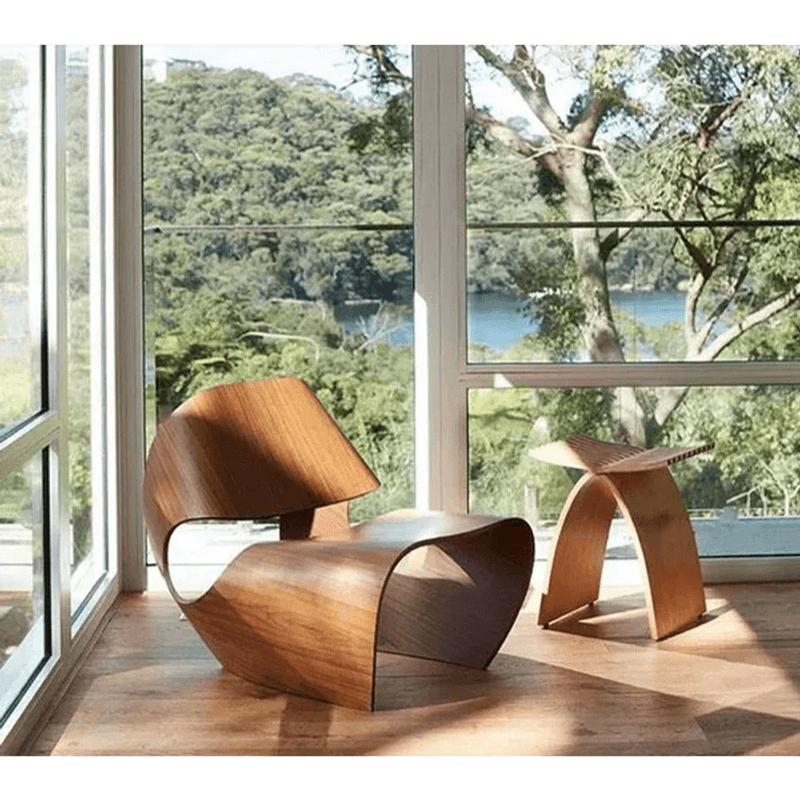
Beyond mere function, certain pieces command attention through extraordinary form. Sinuous chairs with unexpected curves, tables with sculptural bases, or lighting that could stand alone as art.
The brilliance lies in restraint—allowing one remarkable piece to anchor a room while more conventional furnishings support quietly. Unlike matching sets that blur together, these statement pieces create lasting impressions. They justify their footprint by providing both utility and visual excitement.
19. Invisible Doors Within Millwork
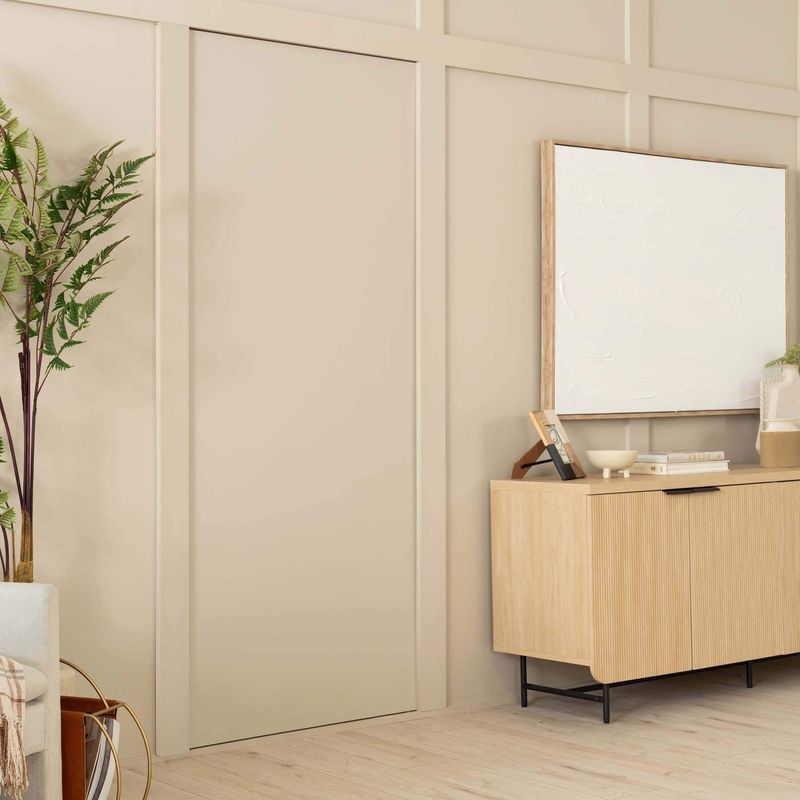
Continuous wall paneling that conceals doorways creates spaces of mystery and delight. When closed, these passages disappear completely into decorative wall treatments, maintaining visual harmony while hiding utilitarian spaces.
Pantries, powder rooms, or home offices vanish behind seamlessly integrated doors. The technical precision required makes them all the more impressive.
20. Floor-Level Windows That Illuminate Dark Passages
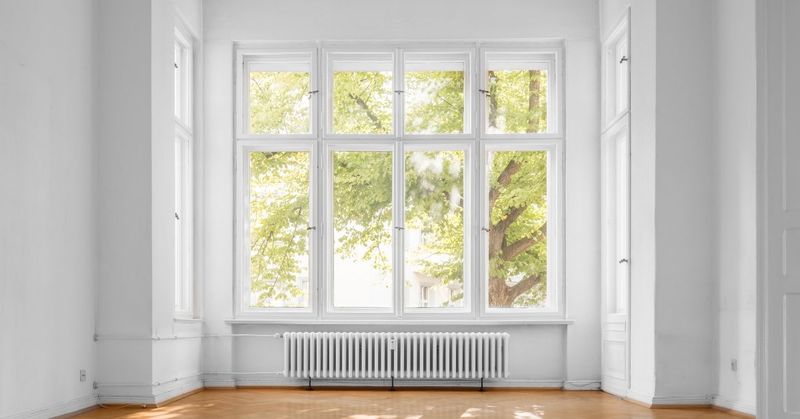
Low horizontal openings transform forgotten transitional spaces into architectural moments. Placed at ankle height along hallways or staircases, these unexpected windows capture light that skims across floors, creating dramatic shadows throughout the day.
They bring awareness to movement through space. The shifting patterns they create turn ordinary passages into dynamic experiences that change with the sun’s position.

